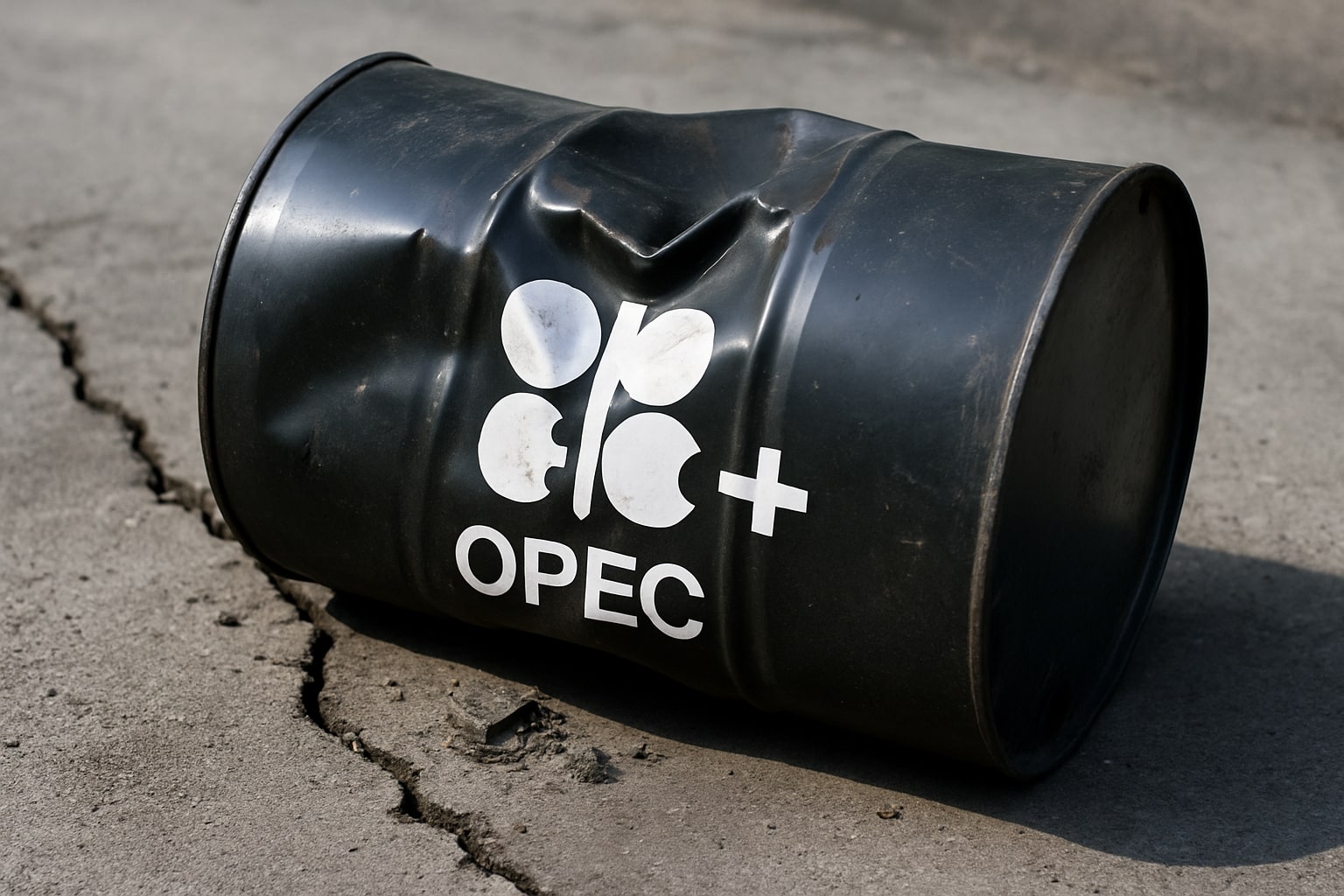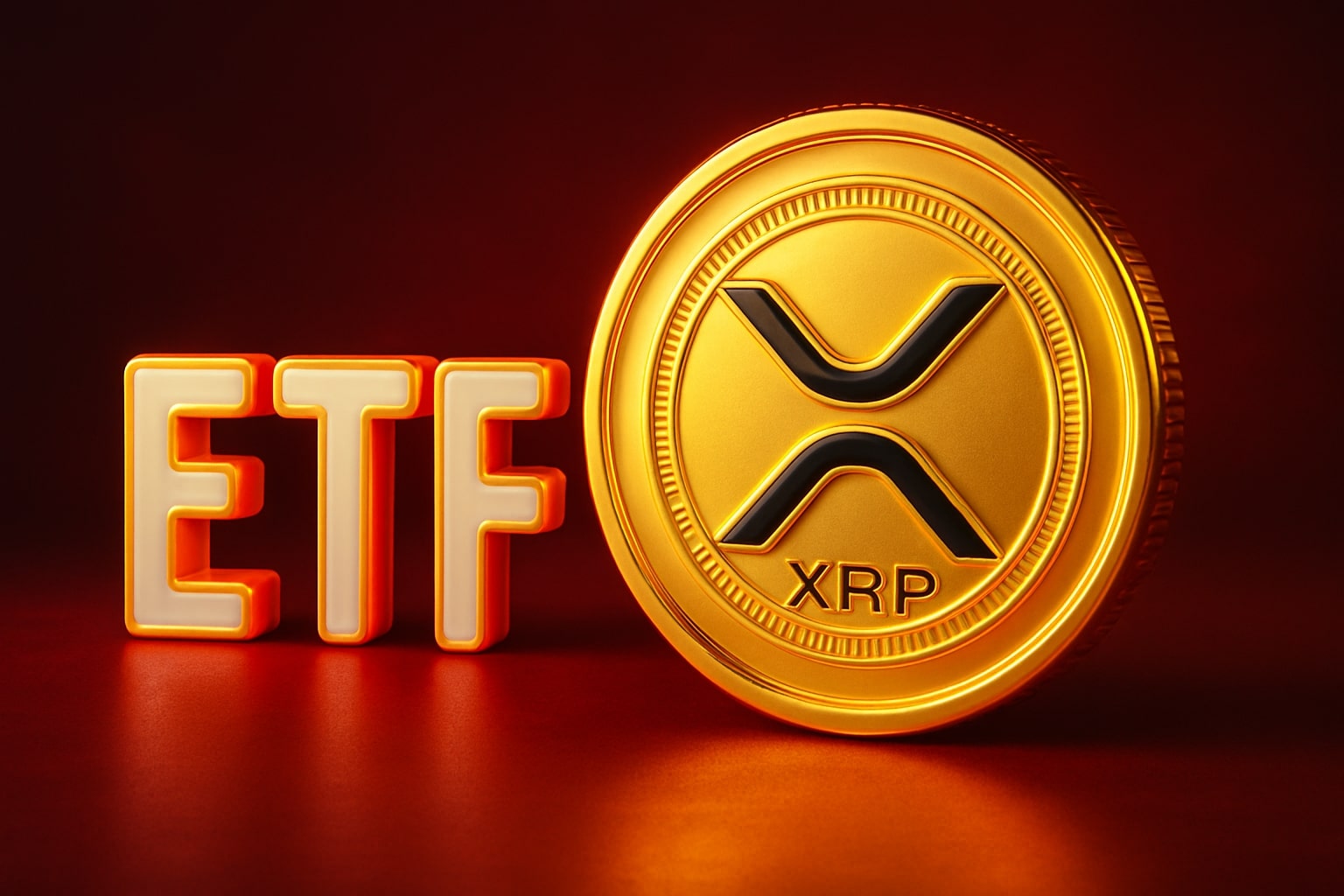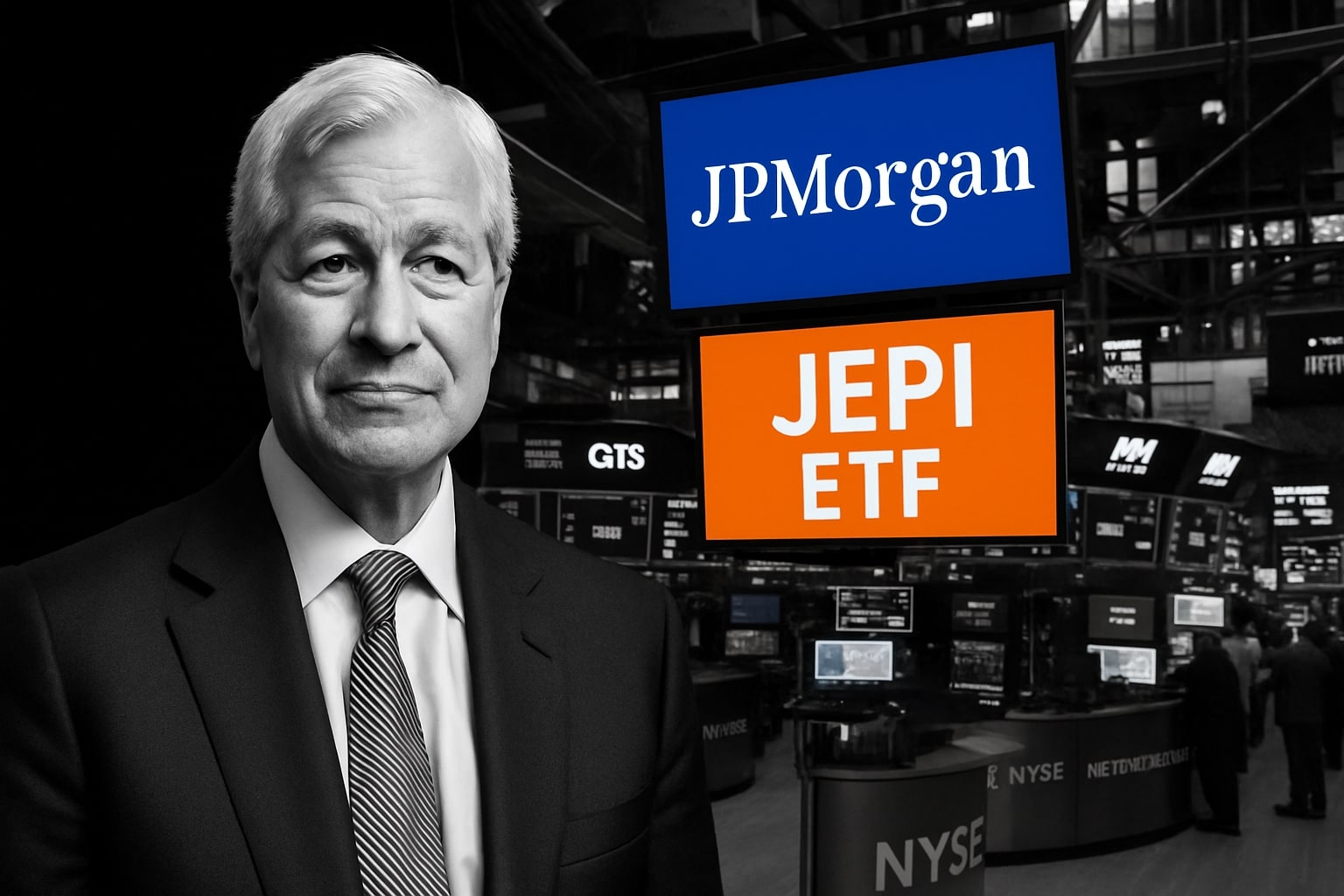Surging Production from US Majors and OPEC+ Policy Reversal
ExxonMobil and Chevron have notched record quarterly output, lifting their combined volumes to roughly eight million barrels of oil equivalent per day in Q2 2025. ExxonMobil’s 4.63 million boe/d and Chevron’s 3.40 million boe/d underscore the United States’ continued shale-driven dominance. Meanwhile, OPEC+ members surprised the market by undoing 2.2 million b/d of voluntary cuts and penciling in a 547,000 b/d boost for September, citing robust summer demand and lean global inventories. This full rollback swiftly tilted the supply balance, with ICE Brent now wrestling with resistance around $68 per barrel even as WTI (CL=F) dips below $65.
Demand Pressures: Heatwaves, Refinery Disruptions, and Asian Coal Imports
Intense heat across Northeast Asia has driven thermal coal imports up 12 percent month-on-month to 70.7 million tonnes in July, a clear sign of power-sector strain that bleeds into oil demand via higher gas-to-oil switching. Ukrainian drone strikes against Russia’s Novokuibyshevsk and Ryazan refineries have interrupted roughly 160,000 b/d of Russian processing capacity, while organic chlorine contamination halted Azeri exports through the Baku-Tbilisi-Ceyhan pipeline. These episodic disruptions briefly tighten regional availability but have so far failed to arrest the broader price slide.
Geopolitical Shifts Altering Trade Flows and Tariff Risks
India’s staunch response to US tariff threats and its continued Russian crude imports have softened fears of an abrupt supply shock on August 8. At the same time, Panama’s new crackdown on tankers older than 15 years and China’s chokehold on rare earth exports for defense manufacturers add layers of trade friction to an already complex backdrop. These shifts, combined with Washington’s pivot on Venezuelan waivers enabling Chevron’s expedited restart of 250,000 b/d exports, leave traders grappling with both oversupply and geopolitical tail risks.
Corporate Maneuvers Highlight Long-Term Resource Plays
Saudi Aramco posted a 22 percent plunge in Q2 net profit to $22.7 billion, its realized price falling to $66.70 per barrel. The kingdom’s elevated fiscal breakeven of $92.30 per barrel is forcing higher debt issuance just as dividend payouts shrink, weighing on its Tadawul share performance. Upstream, BP’s landmark Brazil discovery in the Santos Basin rekindles hope for an inflection in production growth, while Reliance’s JV with BP and ONGC in offshore India underscores a strategic pivot toward high-potential acreage. MPLX’s $2.38 billion acquisition of Northwind Midstream in the Permian signals midstream operators’ rush to capture sour gas volumes flowing from New Mexico.
Technical Landscape for WTI and Brent Suggests Further Weakness
WTI’s close at $65.23 reflects a 1.6 percent slide, with a series of lower highs and falling below the 50-day moving average flagging a bearish technical structure. Brent at $67.69 has likewise ceded its 100-hour SMA, hinting at deeper retracements toward $64. On-chain and futures data confirm rising open interest among short sellers as the net speculative positioning tilts negative. With US crude inventories stubbornly above seasonal norms and gasoline demand plateauing, the path of least resistance remains downward until new catalysts emerge.
Insider and Sovereign Transactions Signal Caution
State-backed producers are recalibrating cash flows. Saudi Aramco’s trimmed performance-linked dividend to $200 million, down from last year’s payout, and Mexico’s plan to begin unwinding Pemex support in 2027 both underscore a move toward fiscal prudence amid lower price realizations. ExxonMobil’s return to Libya with NOC studies on four offshore blocks echoes its Guyana success and highlights the scramble for frontier resources even as near-term price dynamics sour.
Verdict
The confluence of stepped-up US supply, an OPEC+ output reversal, waning seasonal demand, and technical breakdown in WTI (CL=F) and Brent (BZ=F) points to a bearish near-term outlook. A sustained rally would require either a significant supply disruption or an unexpected boost in global consumption. For now, tactical positioning favors a sell on rallies, with a hold on longer-dated exposures pending clearer demand signals.




















